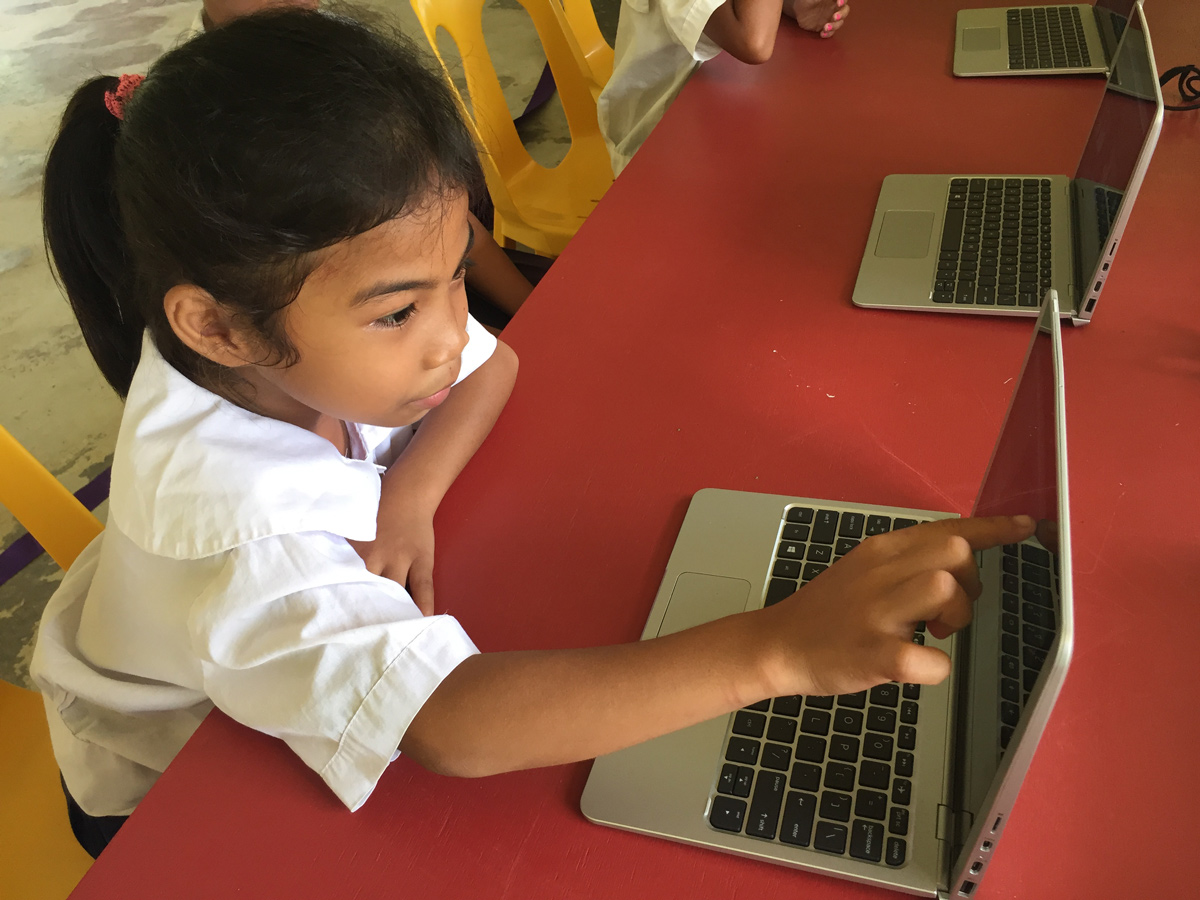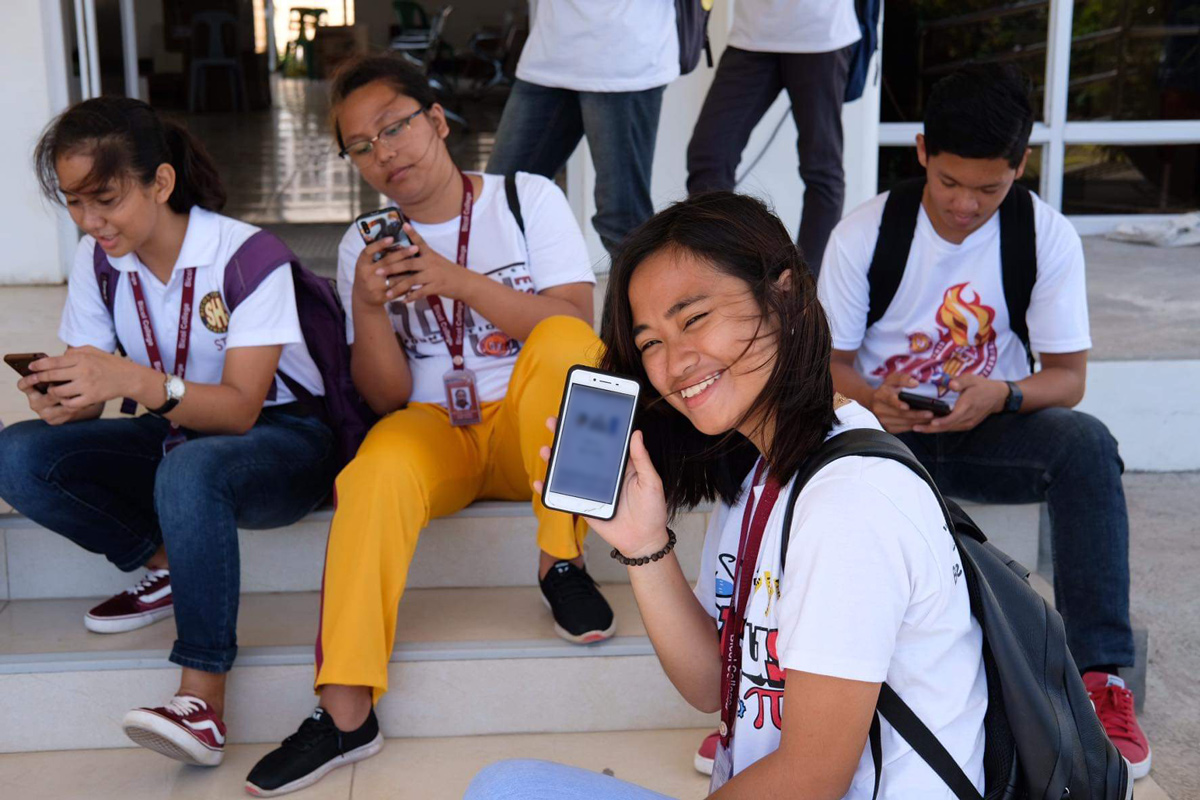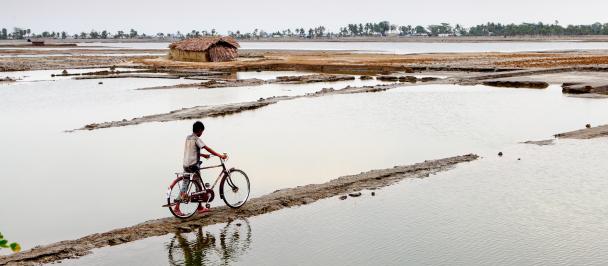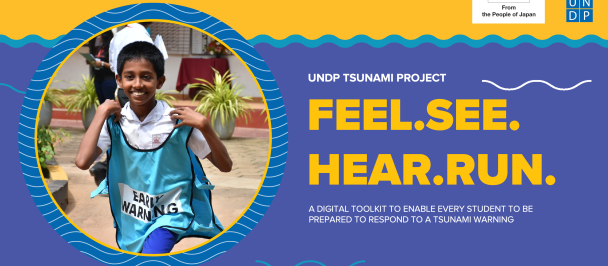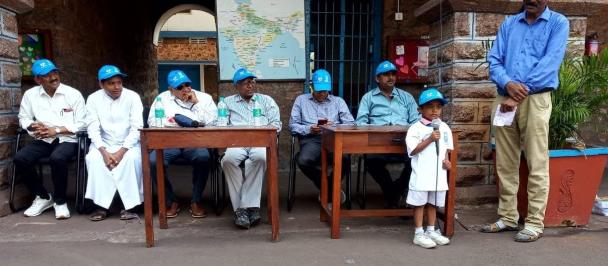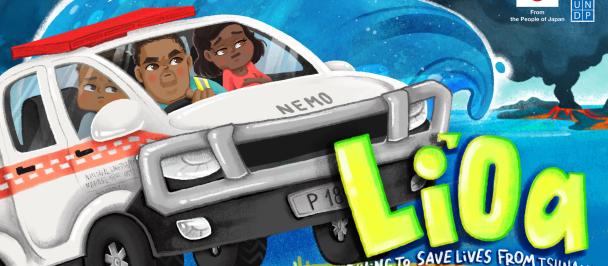The MAVG, or Mapping and Analysis of Vulnerable Groups, was implemented in the Philippines as part of the DX4Resilience project
4 ways vulnerable people are left behind during the COVID-19 digital transformation—and how to address it
October 12, 2021
Blog by Rodolfo Calzado Jr.
__
As CoVID-19 ushers humanity towards a post-pandemic “new normal”, governments around the globe, including the Philippines, are leveraging the need for business continuity to push for one of the most digitally enabled transformations in recent history. Massive boosts in domestic investments and foreign assistance are going into supporting remote work and collaboration, education, climate and disaster resilience, and health services, to name a few. This provides, for most, hope—a sort of silver lining—that could springboard their bounce back to normalcy. But do these new opportunities include everyone?
Leave no one behind
In 2015, the United Nations (UN) Member States adopted the “Leave No One Behind” or LNOB agenda which seeks to enable and accelerate progress in achieving Sustainable Development Goals (SDGs) by putting the furthest behind at the forefront of development initiatives.
Guided by this framework, a nationwide study titled, 'Mapping and Analysis of Vulnerable Groups (MAVG)', was conducted jointly by the United Nations Development Programme (UNDP) and the Philippine government, with support from the Government of Japan, under the ‘DX4Resilience’ project. The said study—which gathered insights of vulnerable individuals throughout the country’s Luzon, Visayas, and Mindanao regions—sought to support digital readiness in terms of climate and disaster resilience in the Philippines by better understanding where the most vulnerable are, the climate and disaster risks they face, their priority needs, and what barriers and opportunities that digital solutions can help address. The MAVG study, among the range of results from its investigation, identified four notable findings.
Firstly, persons with disabilities, women, LGBTQI persons, farmers and fisherfolk generally come from the low-income class. They are highly exposed to various climate-induced hazards, highly vulnerable, and have the least capacity to adapt. Majority live in areas exposed to various climate-induced, geologic, and anthropogenic hazards: ranging from cities and riversides, flood plains and steep slopes, to coastal areas and the foot of mountains. They exhibit multiple vulnerabilities, with women dominating the respondent profile. And while the majority indicated some form of disability, most do not have the necessary assistive devices.
Secondly, vulnerable individuals survive mostly on their own capacities and strong sense of community during disasters, although they are in need of better government support and access to resources and information. While most of them believe they have the ability to survive disasters, some do not take action to prepare. Almost half are uncertain or defined themselves as unable to evacuate in time due to a lack of information or communication and alerts, and experience difficulty accessing evacuation areas. While the majority received support in terms of food donations, and almost half received some form of cash assistance, only one in ten received the needed transportation assistance to evacuate—some with mobility-related disabilities even cited that they are usually the last priority, with evacuation measures favoring saving the most number of people. It was also notable that almost half are either not confident in their ability to join discussions on community preparedness for disasters, or do not receive invitations to participate is such discussions.
Thirdly, vulnerable individuals are differentially and disproportionately impacted by disasters. Existing multiple vulnerabilities and societal inequalities are greatly magnified by the COVID-19 pandemic, placing them at higher levels of risk. Multiple vulnerabilities were compounded by poverty and socio-economic inequalities that repeatedly pulled them back in a vicious cycle marked with inequalities, once environmental shocks and stresses occur.
For example, the pandemic underscored the structural inequalities and discrimination facing women and persons with disabilities, resulting in disasters affecting them differently: they experienced greater incidence of job loss, lower incomes, higher risks of contracting the virus for those working in the health sector, and reallocation of funds meant for their health were tagged for other purposes. The agricultural sector, already sensitive to rapid and slow onset of hazards, was heavily affected due to travel restrictions that prevented the transport of produce to market, affecting income sources.
Fourthly, vulnerable individuals have little or no access to online services due to multi-dimensional barriers that hinder their use of technologies. While the existence of different classes of technology access in the country was confirmed, the digital divide produced a stratification based on the different levels of availability, affordability, awareness, ability, and agency of vulnerable individuals. Most are characterized by their specific needs and challenges: localized language services, most do not own smart phones with 3G/4G connectivity required to access modern digital applications, or they simply cannot afford home internet access, among others. Furthermore, half have not even accessed or are unaware of internet-based, flagship disaster risk reduction tools or specialized digital platforms by the government. Instead, they are more attuned to television or simple sms-based alerts for disaster information.
Narrowing the digital divide
These findings suggest that advancing digital transformation is a complex undertaking. To be truly inclusive, the process of transformation must first acknowledge that a digital divide exists in the Philippines. Solutions cannot limit themselves to internet-based or web-based technology, and requires more targeted rather than broad-stroke approaches. There should be considerations for local dialect, involving a sincere investigation that deepens understanding of the specific socio-economic status, challenges and needs of vulnerable groups. There should be a focus on user-experience and human-centeredness, considering user-competences and accessibility—inputs that can be derived by ensuring them seats in public consultations. Digital transformation initiatives should be deliberate: task-focused, sector-inclusive, and narrative-driven.
The Philippine government is planning to move ahead with its ICT modernization plan that targets a 95% shift from analog to digital television by 2023. A deeper dive on the interplay of the country situation with developments in Philippines’ policy and emerging internet technologies could potentially reveal unique entry points for digital solutions: such as TV White Space (TVWS) which uses vacant TV broadcast channels for connectivity in far-flung areas, or an integrated digital solution similar to Japan’s J-alert system, that uses a network of technologies to provide location-specific public alerts via cell broadcasts, television, radio, email, and loudspeakers—among many others.
It is evident that the Philippines shares parallel challenges and opportunities with its neighboring countries. As such, the DX4Resilience project has partnered with the Japan Bosai Platform (JBP) to investigate the potential for already proven best-practice digital solutions in Japan to address comparable issues in the Philippines. Results of this co-identification and co-creation exercise are expected to be revealed by March 2022.
__
Access the 'Mapping and Analysis of Vulnerable Groups (MAVG) in the Philippines
' full report.

 Locations
Locations